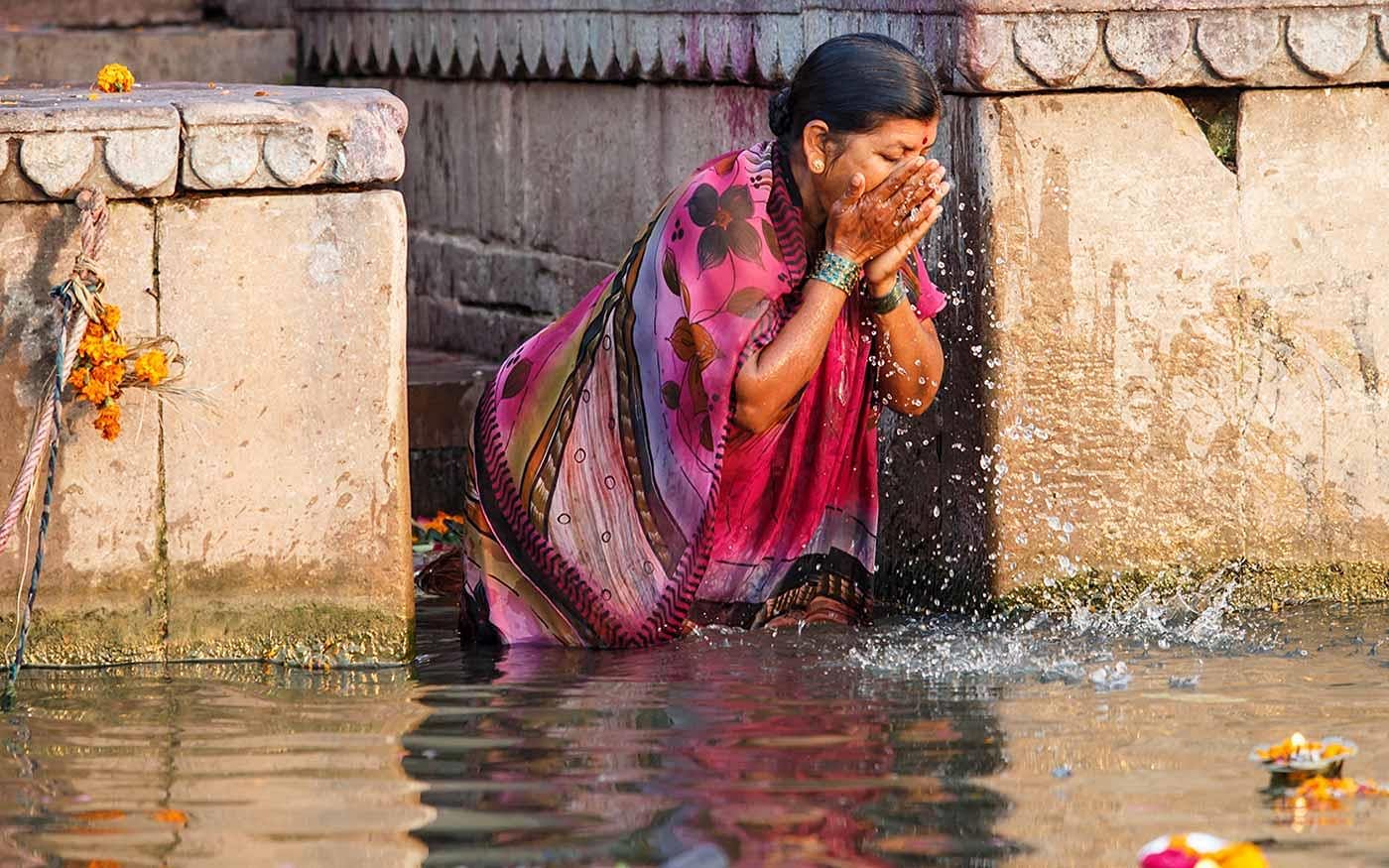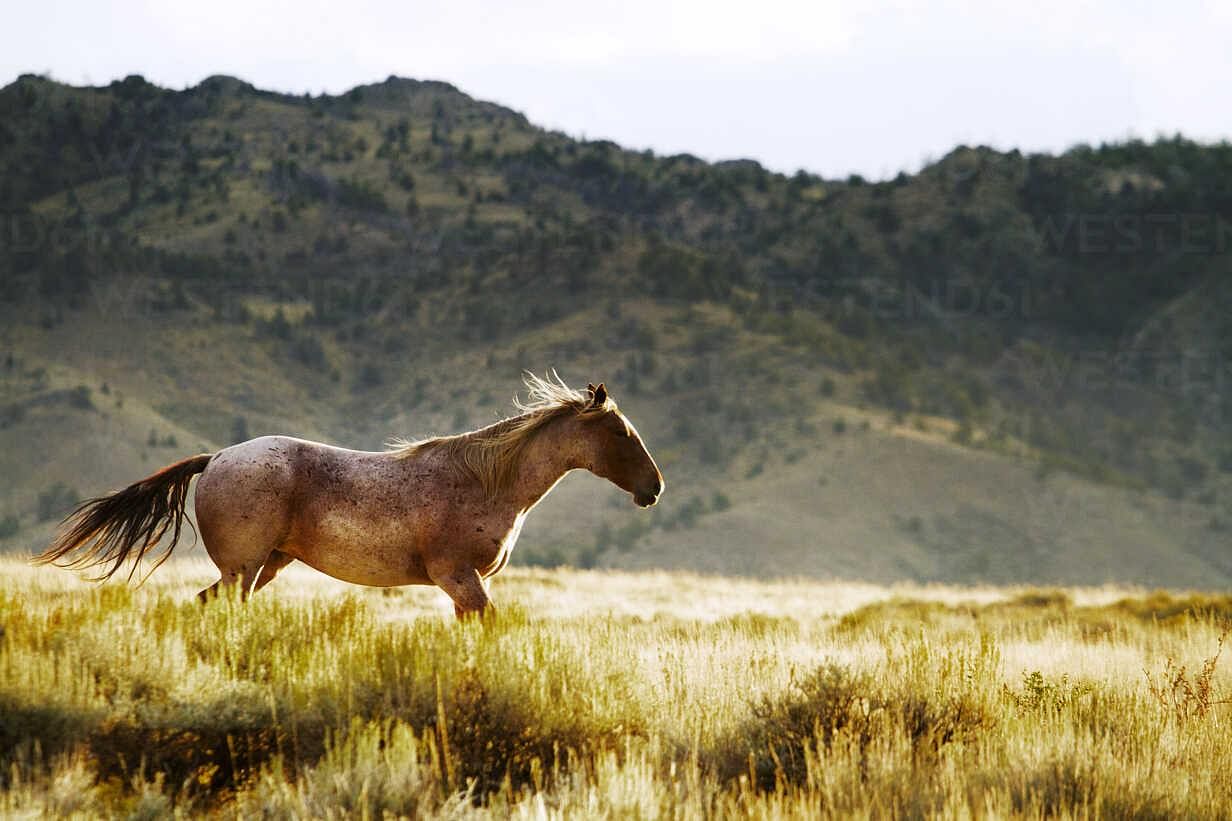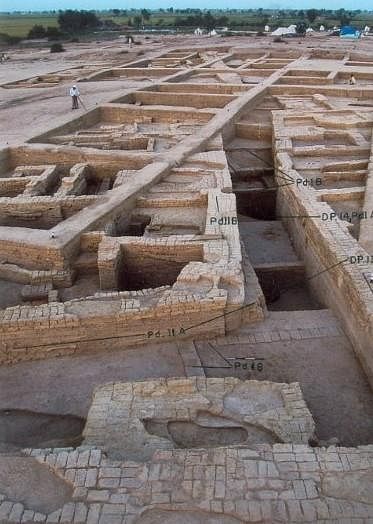|
Card: 1 / 30 |
The Indus Valley Civilization is considered more developed than the chalcolithic cultures because it ___ and ___. |
|
Card: 2 / 30 |
arose in the northwestern part of the Indian subcontinent and exhibited advanced urban planning and architecture  |
|
Card: 3 / 30 |
The Harappan Civilization is geographically centered around which major river, connecting key cities such as Harappa and Mohenjo-daro? |
|
Card: 5 / 30 |
The Great Bath of Mohenjo-daro served a significant role in the Harappan culture, primarily associated with ___ and ___ rituals. |
|
Card: 7 / 30 |
The Indus Valley Civilization produced two types of ___ and ___, along with other crops such as peas and sesame. |
|
Card: 9 / 30 |
The Harappans domesticated various animals, including oxen, buffaloes, goats, sheep, and pigs, but there is little evidence to suggest they prioritized ___ as part of their culture. |
|
Card: 11 / 30 |
The Harappan culture is known for its expertise in ___ and ___ due to the significant role of artisans in society. |
|
Card: 13 / 30 |
What were the primary means of trade conducted by the Harappans in the Indus Valley Civilization, considering they did not use metal money? |
|
Card: 14 / 30 |
The Harappans conducted trade primarily through barter, exchanging finished goods and possibly food grains for metals obtained from neighboring areas using boats and bullock carts. 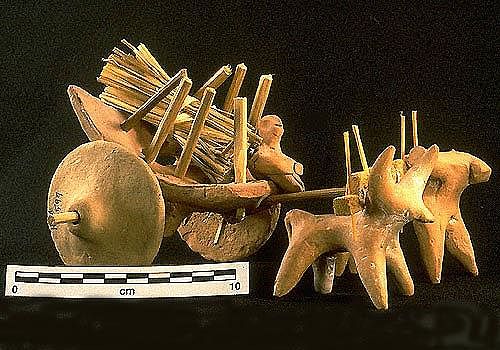 |
|
Card: 15 / 30 |
What evidence suggests a central authority in Harappan political organization despite the lack of clear records? |
|
Card: 16 / 30 |
The cultural homogeneity of the Indus civilization indicates that a central authority was likely necessary to achieve such uniformity across the vast region. |
|
Card: 17 / 30 |
What distinguishes the Harappan civilization's religious practices from those of ancient Egypt and Mesopotamia? |
|
Card: 18 / 30 |
The Harappan civilization lacked evidence of gods placed in temples, unlike the religious practices of ancient Egypt and Mesopotamia. 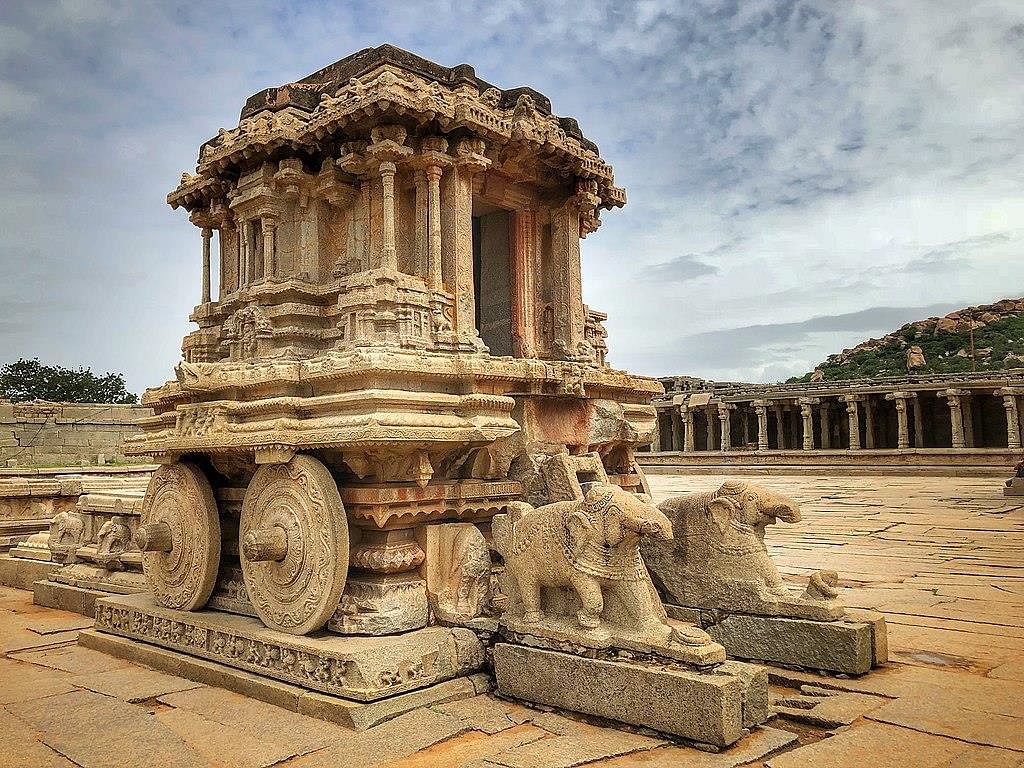 |
|
Card: 19 / 30 |
The Harappan script is primarily characterized as ___ rather than alphabetical. |
|
Card: 21 / 30 |
What significance does the number 16 hold in the context of weights used in the Harappan civilization? |
|
Card: 22 / 30 |
The number 16 was predominantly used in the Harappan weight system, with multiples such as 16, 64, 160, 320, and 640 being common; this tradition has persisted in India, where 16 annas made one rupee until recently. 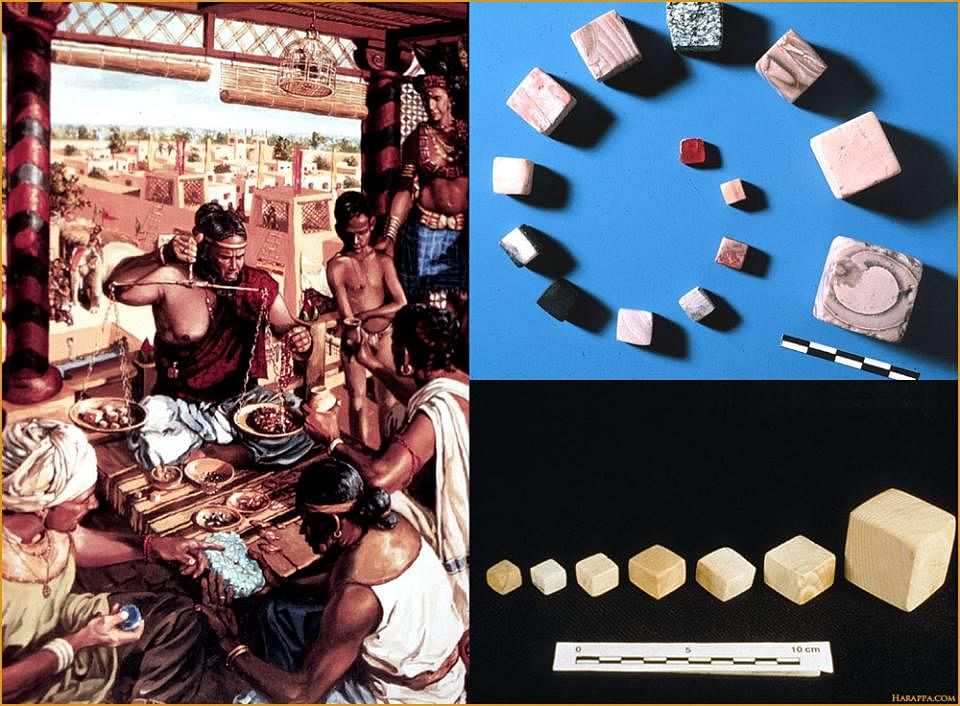 |
|
Card: 23 / 30 |
What does the disparity in artistic quality between seals/images and terracotta pieces in Harappan culture suggest about social classes? |
|
Card: 24 / 30 |
It indicates a potential class divide, where the more skillfully made seals/images may have been used by the upper classes, while the less sophisticated terracotta pieces were likely utilized by the common people. |
|
Card: 25 / 30 |
What were some suggested causes for the decline of the Harappan culture around 1900 B.C.? |
|
Card: 26 / 30 |
The decline of the Harappan culture is attributed to several factors, including a decrease in rainfall impacting agriculture, increasing soil salinity due to desert expansion, land subsidence or uplift causing floods, shifts in the Indus River's course due to earthquakes, and possibly the invasion by Aryans, though evidence for the latter is minimal. 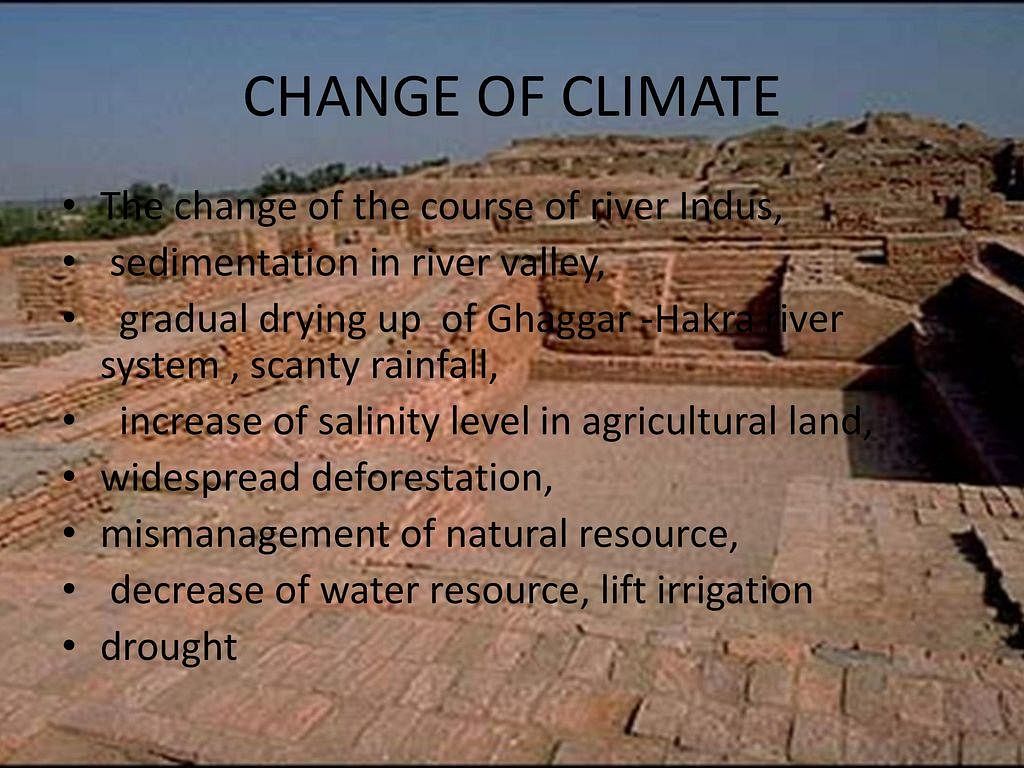 |
|
Card: 27 / 30 |
The ancient region referred to as Meluha corresponds to which modern geographical area? |
|
Card: 29 / 30 |
The Indus Valley Civilization is also referred to as the ___ civilization due to the archaeological site discovered at Harappa. |




